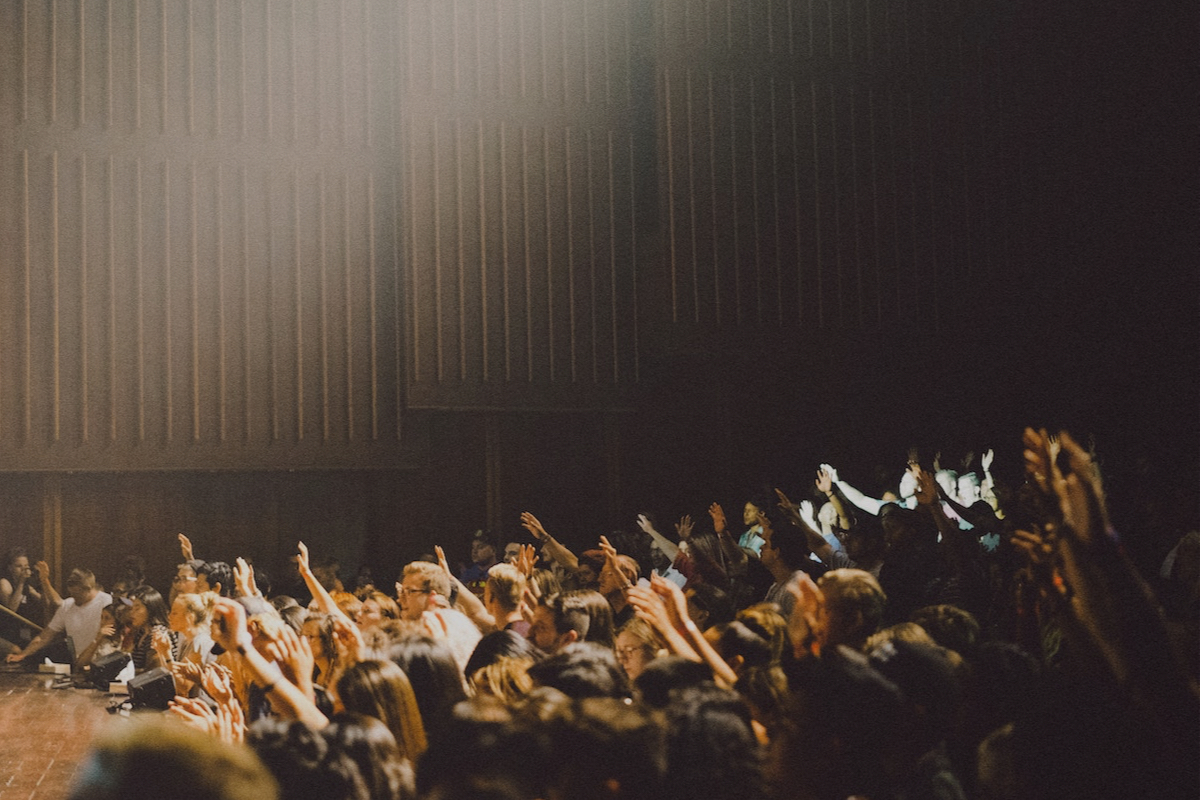Manhattan’s New School has always had a reputation for doing things differently. That’s a good thing, as we learned from Joel Towers, now the Executive Dean of Parsons School of Design within the university. Over the past 17 years, Towers — an architect and longtime advocate for sustainability — has led the campus in a successful charge to incorporate sustainable practices and philosophies at every step of the way. Today, Parsons students graduate with a core understanding of the importance of sustainability across disciplines, be it fashion, product design, architecture or anything else. And they’re educated on a campus that has regularly beat out its own environmental goals, proving they can practice what they preach. For Towers, sustainability is much more than just a buzzword. It is the urgent challenge facing the fields of design, art, and business. “Sustainability requires us to rethink and redesign basically everything. That’s an enormous opportunity to figure out how to do it better,” he tells Musings. “It also happens to be an imperative for human survival.” I’m excited to have Parsons School of Design as a partner for Musings, helping us put the Spotlight on the next generations of sustainable designers. I’m also proud to be joining Joel, and my dear friend, Julie Gilhart, as co-Chair of 71st annual Parsons benefit on May 20th. We will be honoring Pharrell Williams along with some incredibly savvy innovative CEOS in the tech world – Julie Wainwright of The Real Real, Katrina Lake of stich Fix, and Michael Preysman of Everlane! For tickets and information please visit: http://www.parsonsbenefit.newschool.edu
You’ve been at the New School since 2002, when 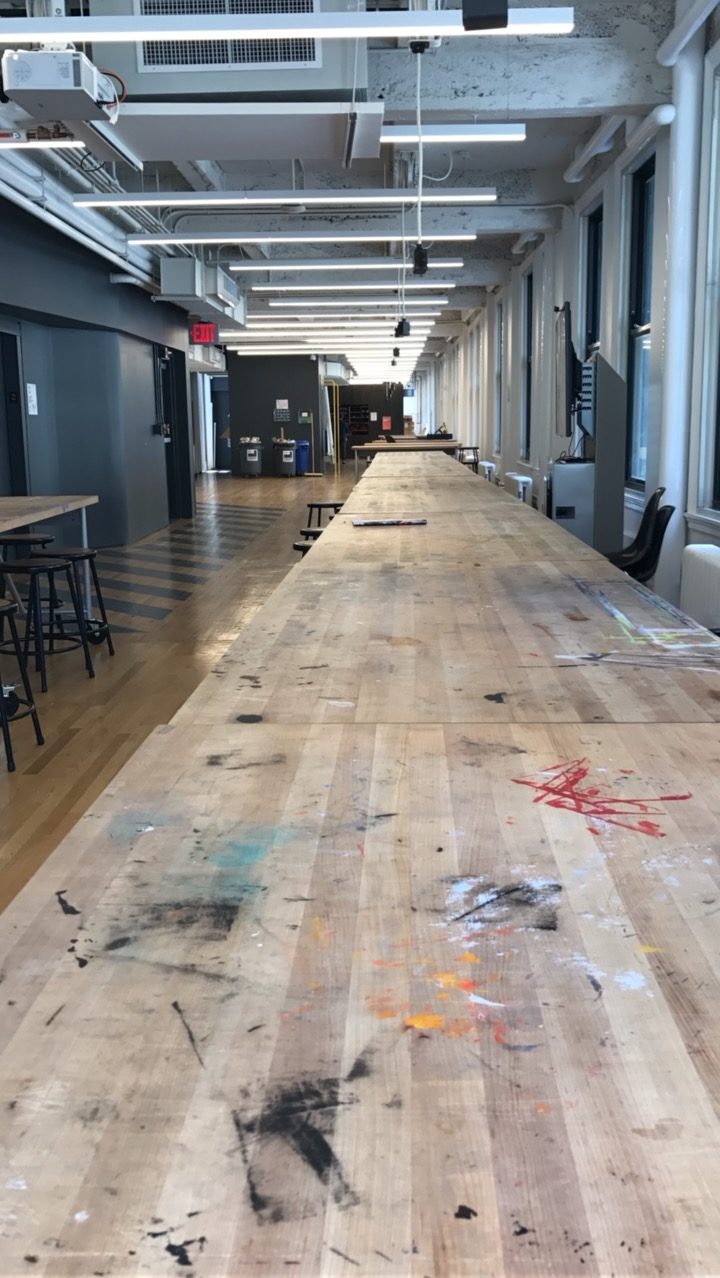 you joined the university to help forward the cause of sustainability. Why was that important to you, and how did you pursue that goal?
you joined the university to help forward the cause of sustainability. Why was that important to you, and how did you pursue that goal?
When I joined, my title was the Director of Sustainable Design and Urban Ecology, which was the first time the university was hiring somebody with the intention of working on sustainability in the curriculum. We were to work together across the colleges to. Previously, I had been on the faculty at Columbia and had run an architecture office. When I was teaching at Columbia at the architecture school, I was doing that work in isolation. Climate, environment, sustainability: it doesn’t stop at the border of any discipline. At Parsons, I began the work of designing the curriculum so that all students — fashion students, architects, product designers — each would have a deep knowledge of the role of sustainability. Now I’ve been the dean of Parsons for ten years. In part, my elevation has been a validation of the importance of sustainability across the fields that we’re responsible for, and a fulfillment of that initial vision.
Let’s back up: what’s at the root of your interest in sustainable design?
Sustainability has been a part of my work since graduate school, and at my first role working in Frankfurt, Germany on a “low entropy house.” The idea was that you could build a project that was energy-efficient, materially thoughtful, and actually was net-energy-positive; this was back in 1992. We codified the work on sustainable design from an architectural perspective.
But even further back, I grew up in the suburbs around New York. My understanding of nature was that it was a thing “out there” — a very romantic, Ansel Adams view of pristine nature. But when I was 16, I spent a month in Wyoming hiking with NOLS. That was a turning point for me. I recognized the core lessons of leaving a light footprint. I saw that human action had a tremendous impact on the environment. Years later, I went back to NOLS in Alaska and did another month-long trip. I believed there was a path for me in the integration of human settlement and the rising importance of climate change.
Sustainability requires us to rethink and redesign basically everything. That’s an enormous opportunity to figure out how to do it better. It also happens to be an imperative for human survival.
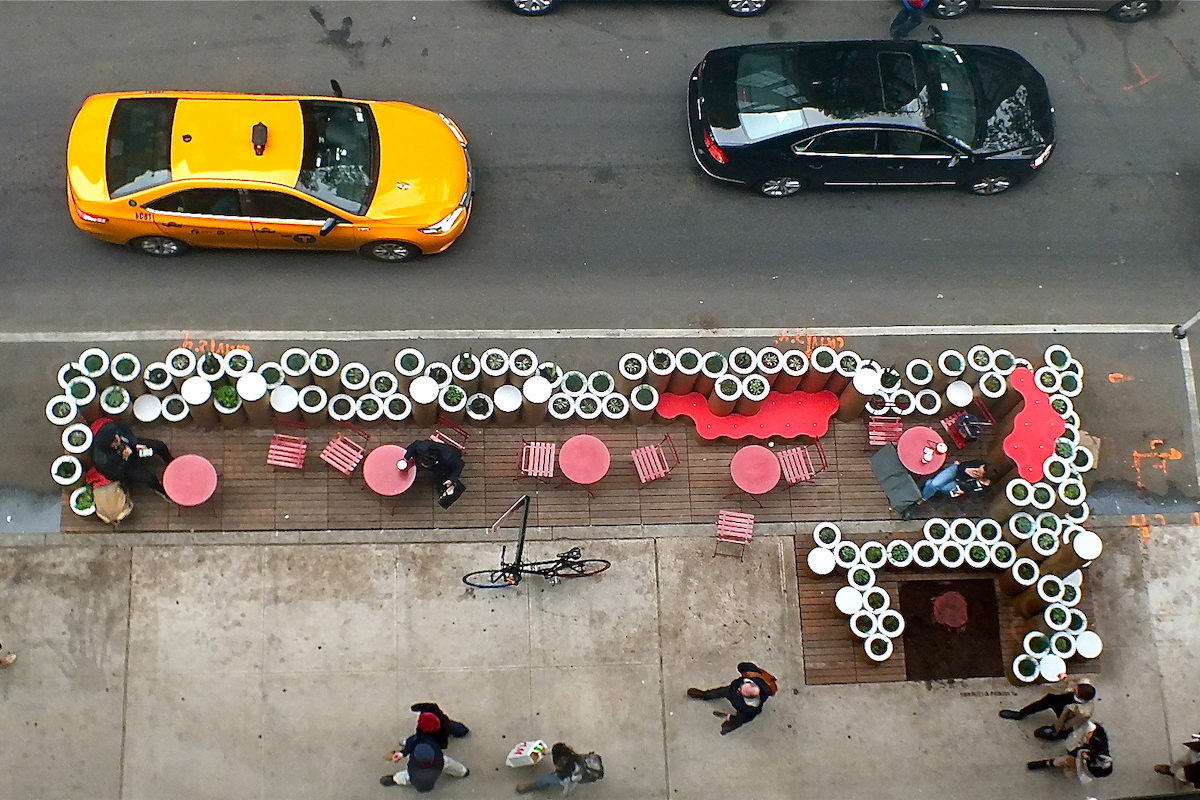
What are some of the things you’re most proud of accomplishing in your work?
For the most part, design schools, art schools, and business schools continue to educate students the way they did in the 20th century: for an industrial economy based on mass production, consumption, and planned obsolescence. It’s a linear economy from creation to grave, as opposed to cradle to cradle; very much resource-intensive and extractive, and very short-term. All those things could be accommodated in the 20th century. But not now. So education needed to change to recognize we’re living in a post-industrial society; we’re living in the Anthropocene.
Today, we require a very different approach to education. It has to be trans-disciplinary, focused on complex problems like climate, environment, urbanization, aging populations, food… they’re all interrelated. So what we’ve done that I’m most proud of is to change our curriculum from that 20th century model to one that embraces these dynamics of the 21st century as an opportunity to remake the world around us.
Every student that graduates from Parsons, whether they’re a fashion designer or part of one of 30 of our different programs, should have a foundational knowledge of sustainability and how their work is related to. Every one of them walks out of here sensitized to the role of the designer in the contemporary world. Not every student will be a Stella McCartney, but lots of them will. To me, educating that community of practitioners for the future is the thing I’m most proud of. Every year, Parsons graduates roughly 1,500 students who go out into the world with this knowledge base.
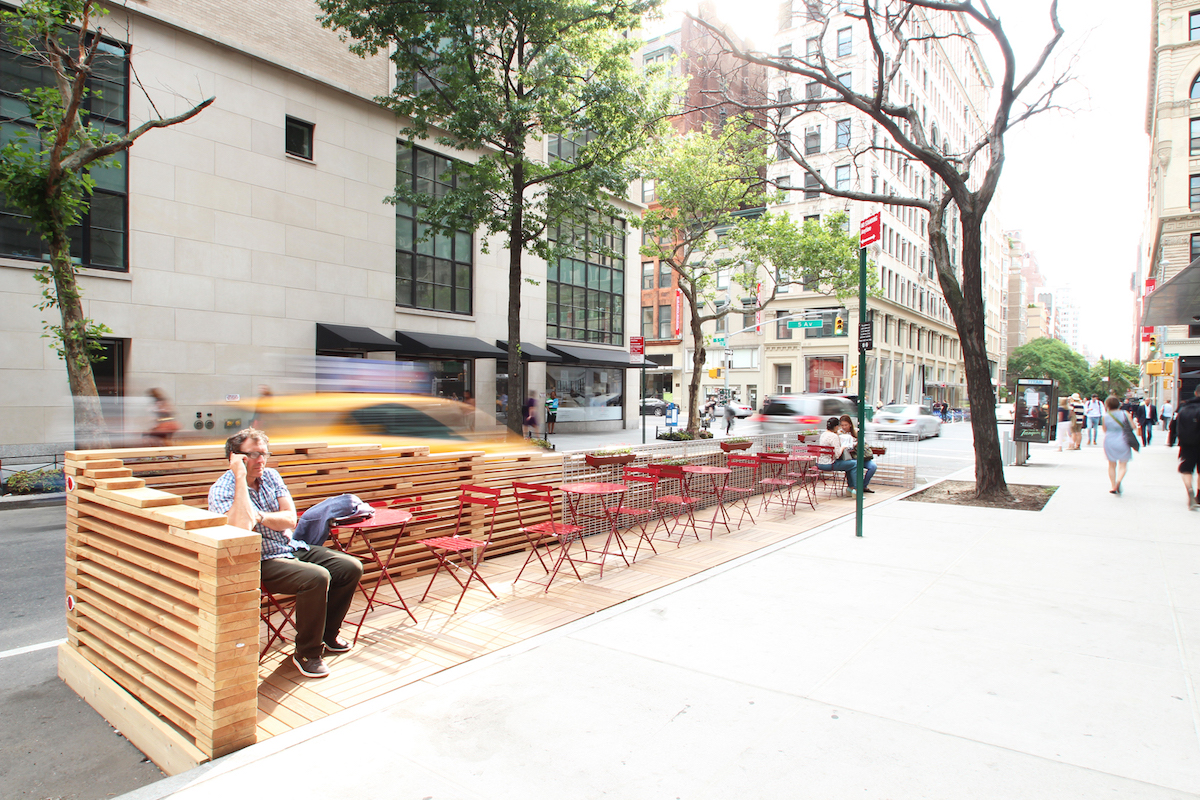
What’s your advice to other practitioners looking to transition to a more sustainable approach?
The field of design woke up to this over the last 30 years. There isn’t a practice out there that isn’t addressing some aspect of sustainability and climate change. People want sustainable projects: they’d rather have energy efficiency in their homes and businesses; they’d rather have healthy products to wear and foods to consume. There are scale questions still to be addressed, but there are massive companies now getting into organic food, sustainable agriculture, more environmentally responsible packaging and shipping: you see that happening. You’re starting to see the beginning of a paradigm shift.
So I would say to any other practitioners: they know this is coming. There are plenty of ways to educate oneself. There’s a lot of learning going on through practice. The thing we’re coming up against now is the urgency required by the moment in which we. In order to hand off to the next generation a planet that’s even viable for human life, we need new performance criteria. The Green New Deal is quite brilliant because it sets up these areas where we need to strive to do better. And it is a true paradigm shift.

What do you see as the biggest challenges right now facing the field?
The biggest challenge facing the fields of art, design, and business — which is a lot! — is the urgency and the time for transition. There’s every reason to believe that we can make these changes; we’ve made radical changes before, like technological change, communication advances. These things happen reasonably quickly. I do think the urgency of this moment and the entrenched interests of the prior economy are really coming into conflict, however. That speaks to the contested nature of change. This is not just about energy. It’s about everything we do and how we function. Some of the fundamental challenges will be about precisely the nature of an individual’s right to pollute as much as they please.
Disruption is never a fun thing. In this case, this is probably the most comprehensive disruption that the species has faced. The planet has gone through lots of them, but usually species don’t survive that. Being someone who believes in a positive future, I choose the more optimistic path. So the biggest challenge is urgency and a just transition.
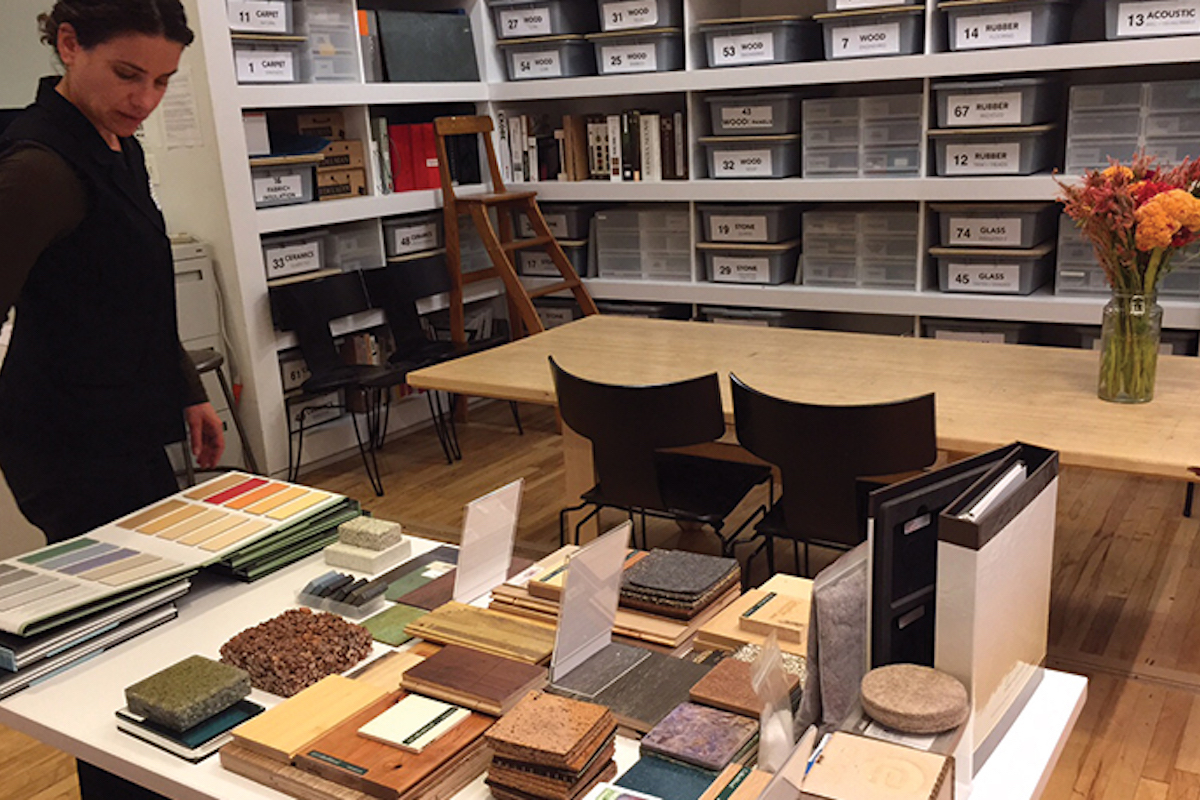
What are you excited about that you’re working on in the university?
One example: we are partnering with the NorthLight Foundation and the Tishman Environment and Design Center to develop training programs for environmental justice organizations to scale up and support their capacity to help bring about a just transition. We have an inter-generational challenge; a lot of the mainstream environmental organizations are not inspiring youth to engage in this work in the way they need to. So I’m very excited about that.

